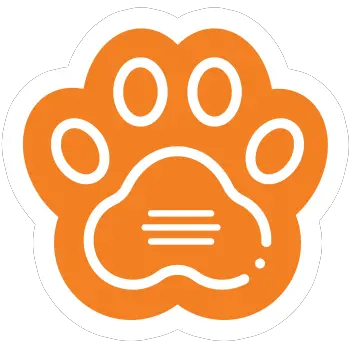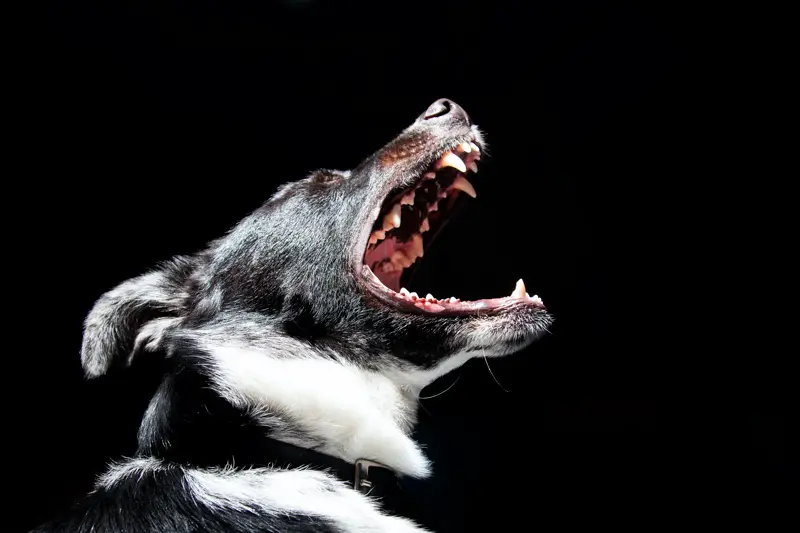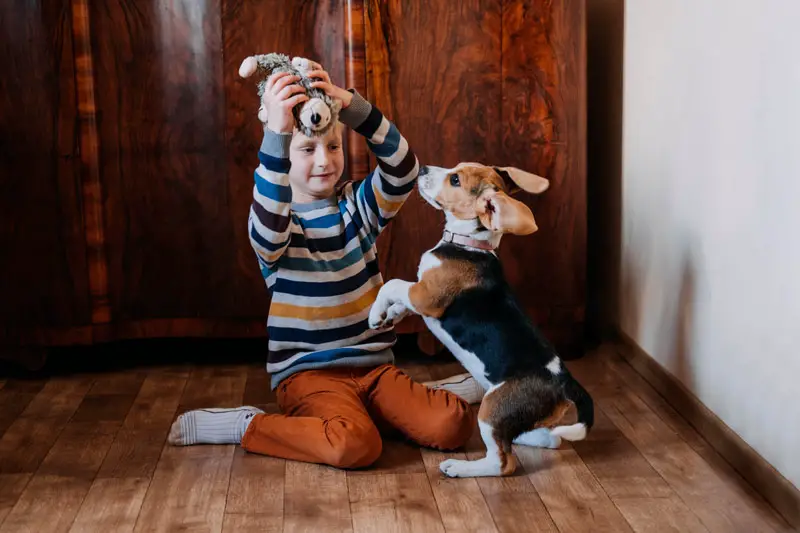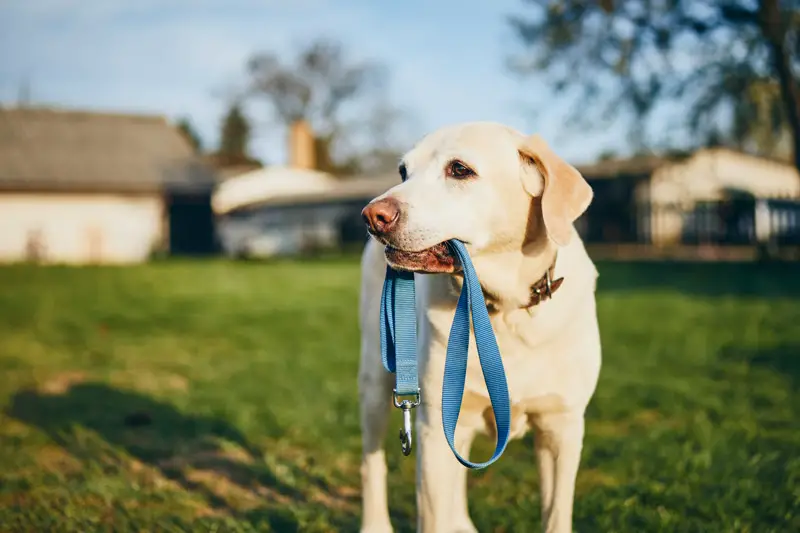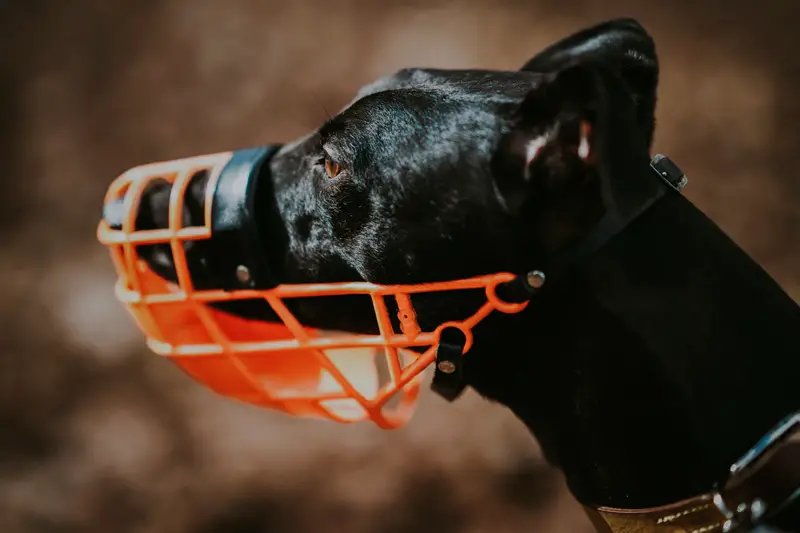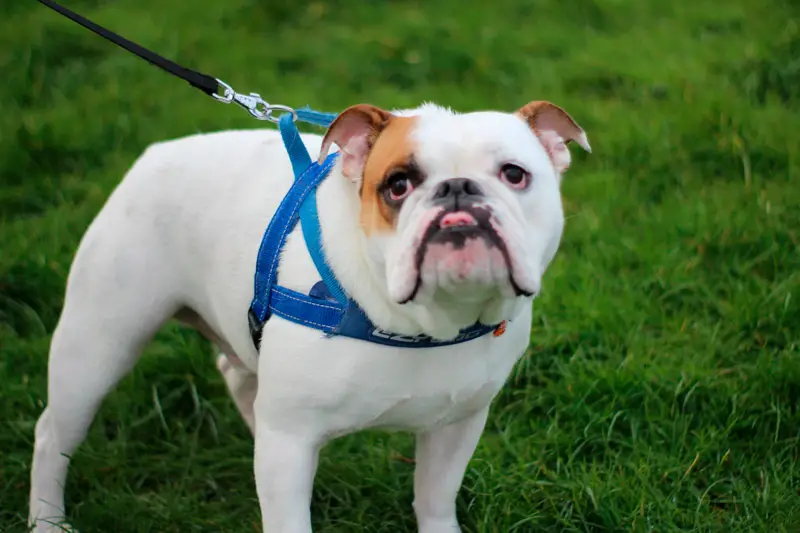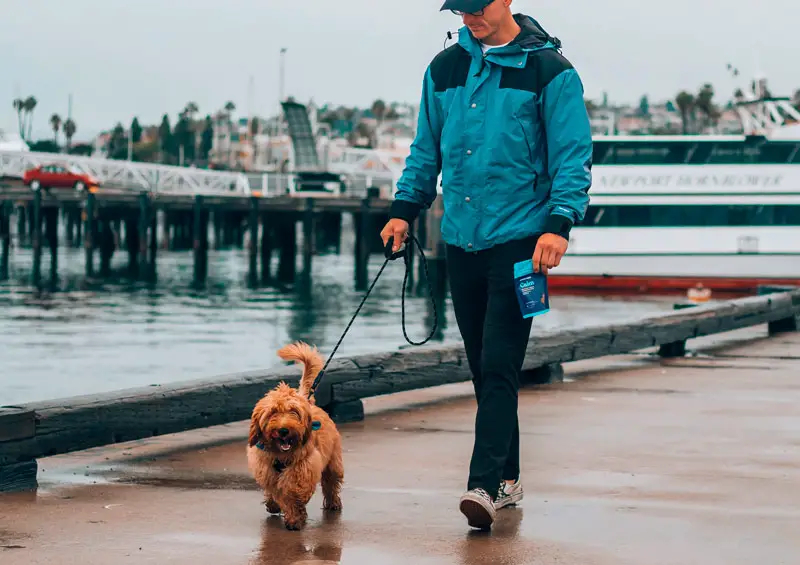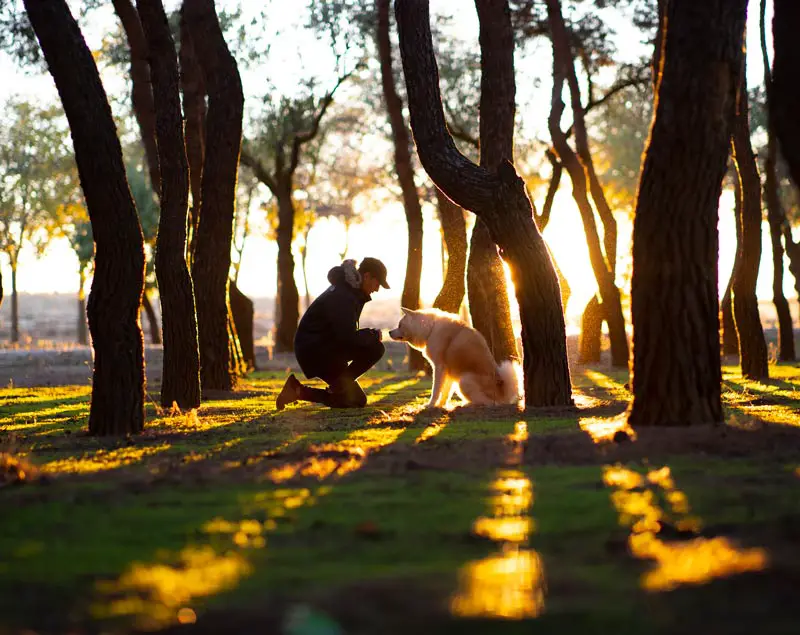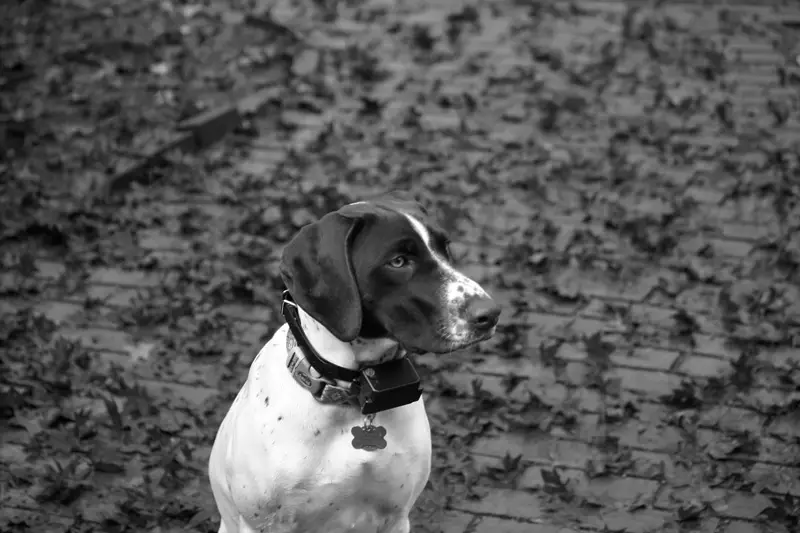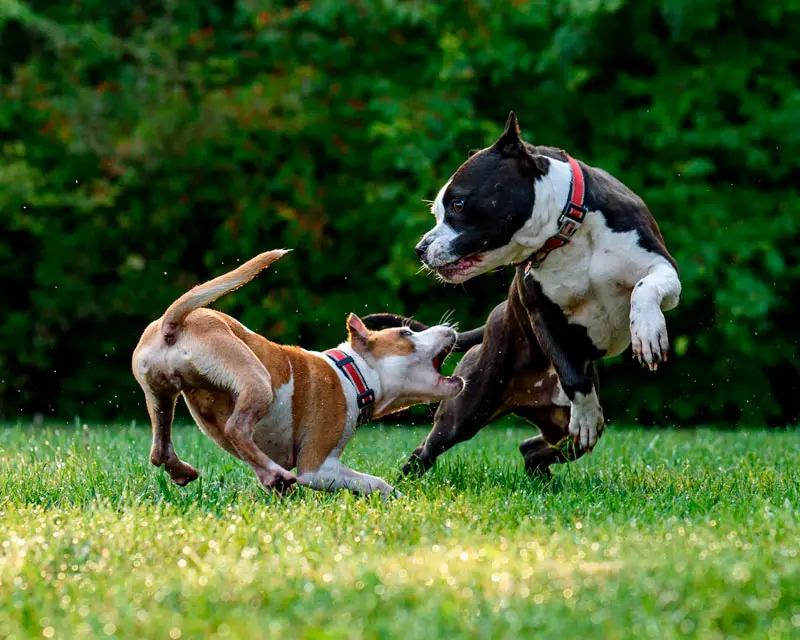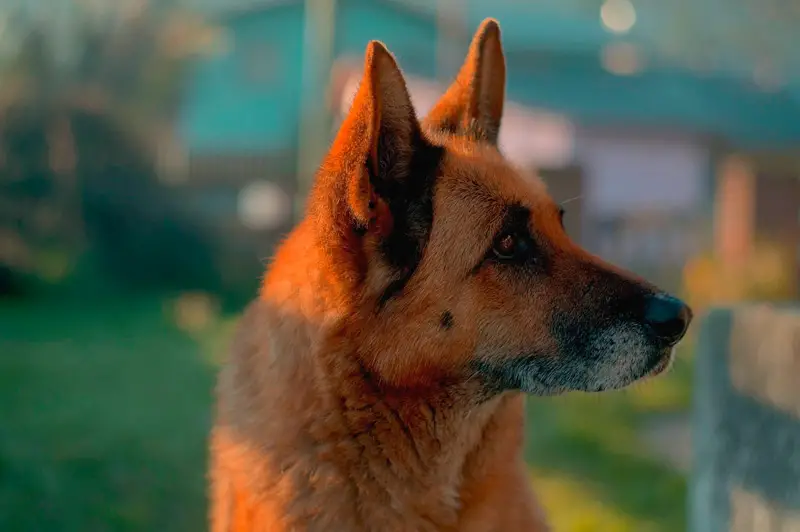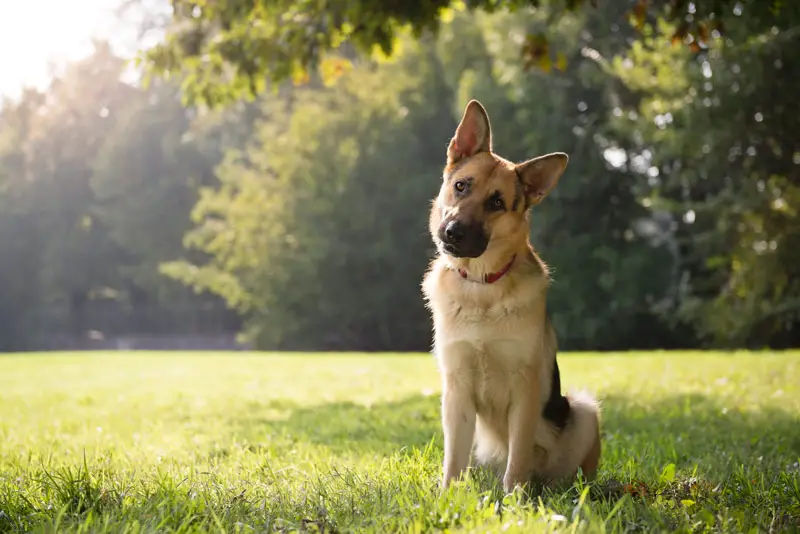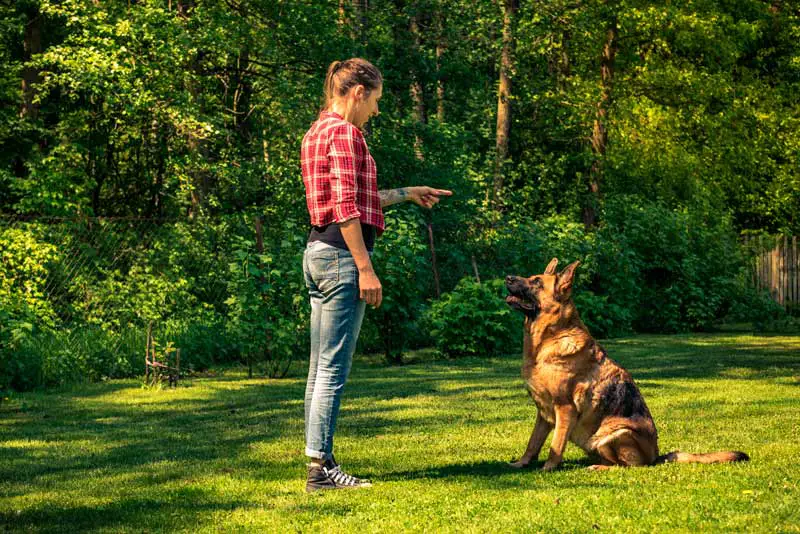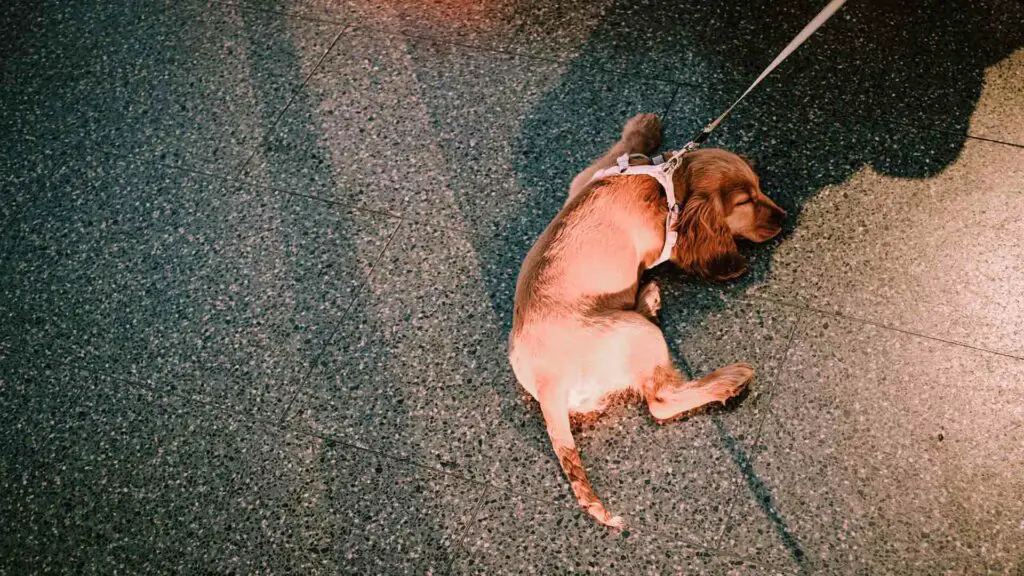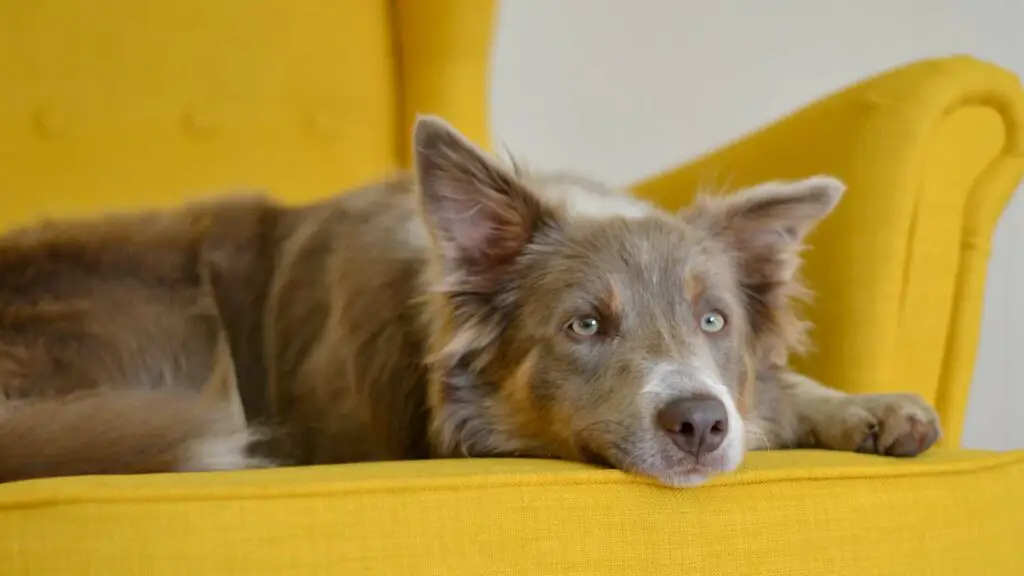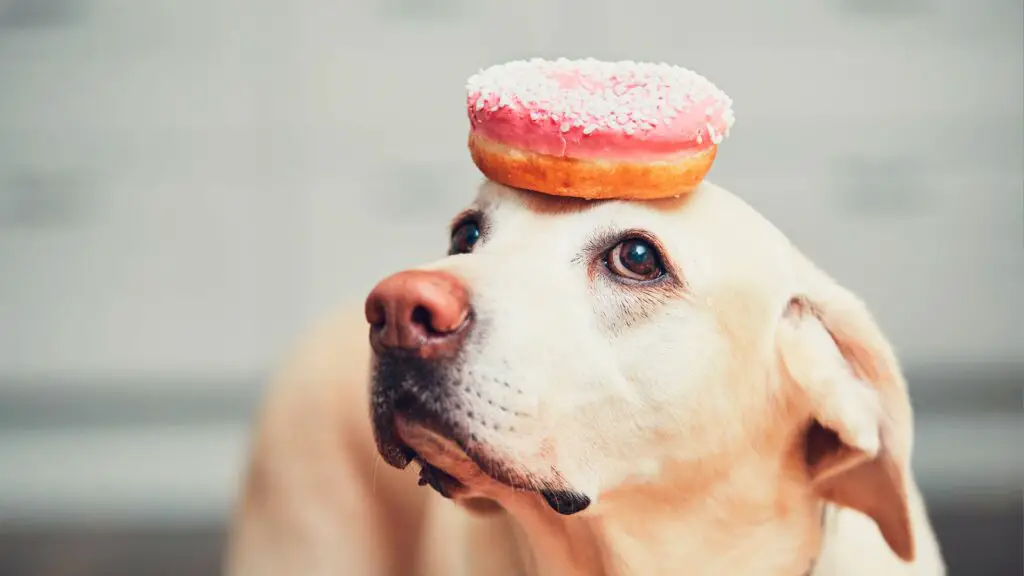Having a reactive dog can be a handful, depending on their degree of reactivity and aggression, even dangerous. Getting these behavior issues under control is not only wise but necessary. To illustrate what I mean, I’ll tell you the story of Kathy, one of my dearest clients, and Lolla, her German Shepard.
Kathy, a 31-year-old accountant, was living by herself in a lovely house at that time. And although life was good to her, she felt lonely. So one day, she decided to take a trip to the dog shelter and rescue a lucky dog.
She set her eyes on a 3-year-old German Shepard, and she knew she had found the one. She just could resist those perky ears, that long, dark snout, and deep brown eyes. Kathy didn’t know much about German Shepherds, so she was unaware of their high activity levels, but soon she would find out.
On that same day, Kathy, excited to take Lolla on her first walk, grabs a flat collar and leash and puts them on Lolla. Things were fine so far, but after Lolla felt the first tug from the leash, she went completely bonkers.
Kathy didn’t know dogs could squirm and twist the way Lolla did. Completely taken aback by the situation, Kathy let go of the leash. Shortly after, Lolla started chewing on it; she was out of control, but Kathy was determined to take her on her first walk, so she took the leash out of Lolla’s mouth and dragged her outside, and as if by magic, Lolla became quiet and docile.
However, Kathy’s nightmare had just begun.
They walked calmly to the park. Luckily for them, there were no dogs on the way. It was a dream walk. At the park, Kathy sits on a beach and smiles as Lolla sits by her side. In the distance, Kathy sees an old lady and her Basset Hound walking towards them. Lolla sees them too and waits until they pass by to bark her lungs out at the dog.
Kathy holds tightly onto the leash, but Lolla is strong, stronger than she thought. She tries telling her to calm down and pulls back on the leash with all she’s got, but Lolla doesn’t listen. Shortly after, Lolla pulls so hard that the leash slips out of Kathy’s hands, and just as she thought, Lolla runs after the old lady and the dog.
Seconds after, in what became a heated scuffle between the two dogs, Lolla relentlessly attacked the Basset Hound. And although Kathy split them up before things got ugly, the dog got mildly wounded by Lolla.
Needless to say, Kathy was beyond embarrassed, and of course, she paid for all the medical expenses of the old lady’s dog. That’s when she decided to reach out to me for help.
I’m happy to say Lolla is completely reformed from her old ways now. She is actually one of my most obedient and well-behaved clients. And although it took some hard work to get her to where she is, her relationship with Kathy is stronger than ever.
If you’re wondering how to get your reactive dog into its best-behaved version—just like Lolla—you’re in the right place. In this guide, we’ll get deep into the different ways to treat and revert your dog’s reactive behavior and make you a proud dog owner. Let’s start with the basic:

